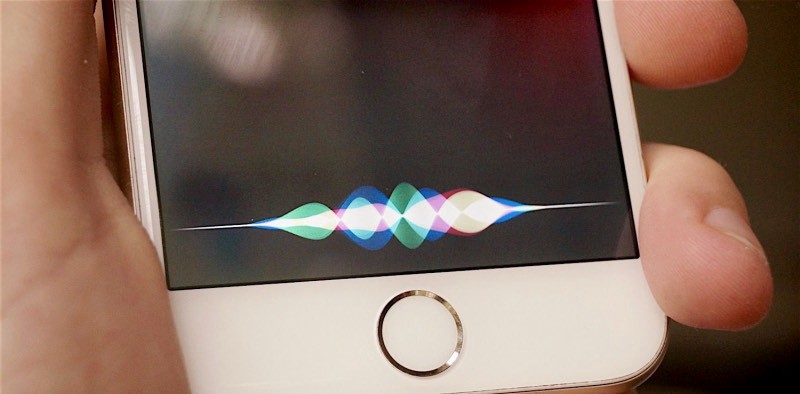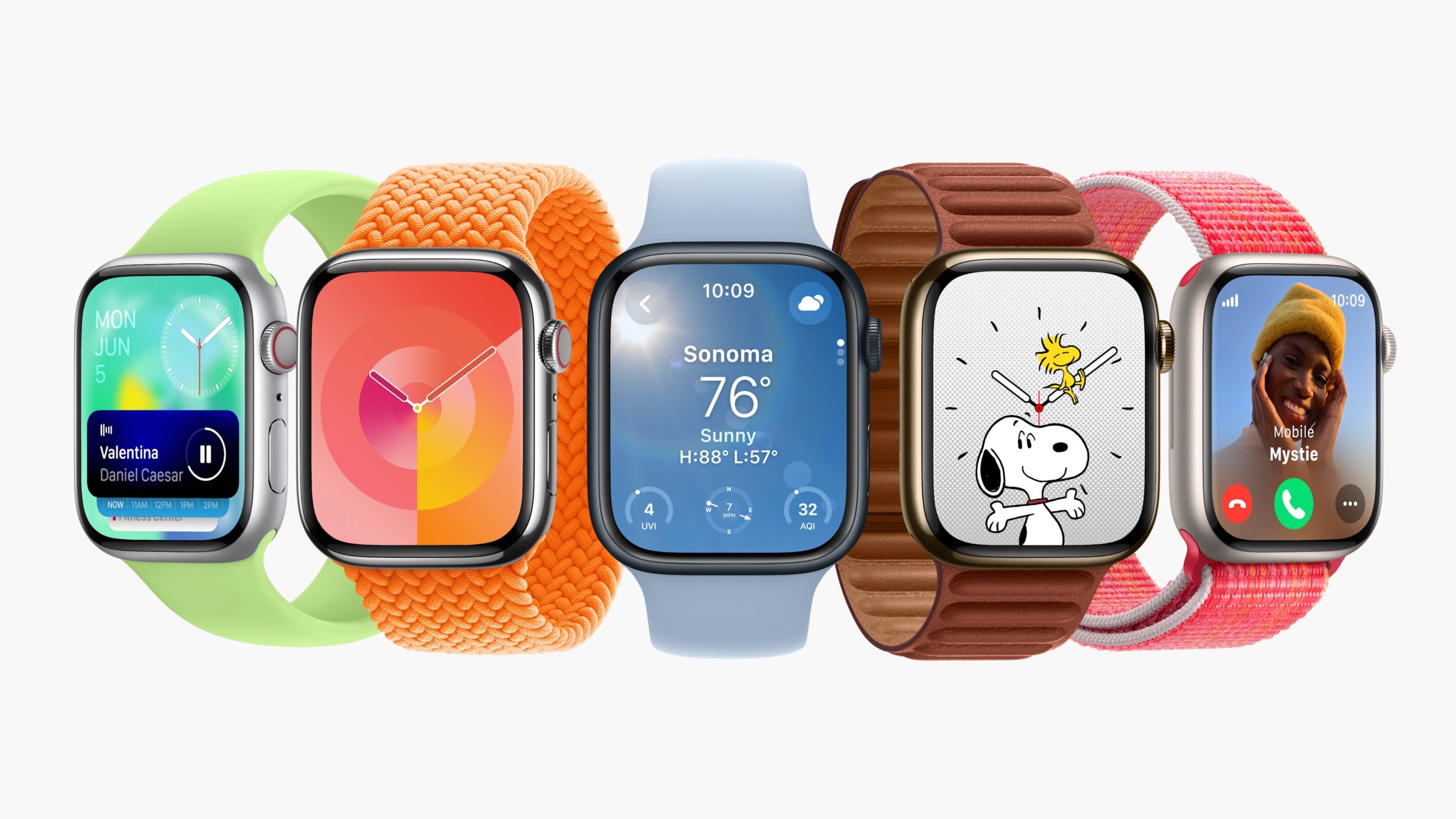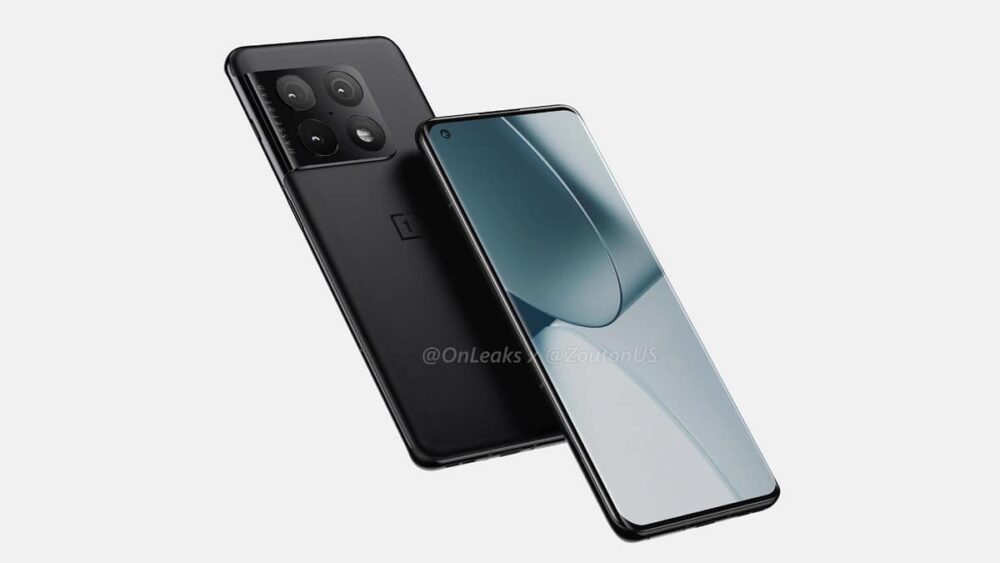As mobile technology continues to evolve, so does the user’s desire to have more control over their device. One particular area of interest is the ability to downgrade Android apps and games. While this may seem counterintuitive at first – after all, updates usually provide enhanced features or security measures – there are various reasons why one might wish to revert to an older version of an app or game.
However, a conventional downgrade often leads to the loss of all app data, making it a non-viable option for many users. The good news is that there’s a workaround and it involves using an LSPosed Module: a free, open-source module that enables you to downgrade applications on Android 12 and Android 13 without losing any data. Please note that this method does require your device to be rooted.
Getting Started: Setting Up the LSPosed Framework
The journey of downgrading Android apps without data loss begins with setting up the LSPosed Framework. Before any steps can be taken to use the LSPosed Module, you must ensure that your Android device has the LSPosed Framework installed. Once the installation is complete, you’re ready to take the first steps.
The process initiates with you opening the LSPosed Manager application. Within the app, you’ll discover a ‘Modules’ tab, which you need to tap. In the ensuing search bar, input the term ‘Downgrade’. It will open up the path to choosing the correct modules for your Android version.
Choosing the Right Module
The search result will display two distinct modules for you to pick from: ‘Let Me Downgrade’ and ‘XDowngrader’. Both serve a similar purpose, but their compatibility varies based on the Android version in use.
For users operating on Android 12 or Android 13, the ‘Let Me Downgrade’ module is the recommended choice. It’s an open-source module, making it more versatile and adaptable to the user’s needs.
On the other hand, for those using devices that run Android 11 or it’s preceding versions, ‘XDowngrader’ becomes the ideal choice. It’s tailored to work efficiently with these older Android versions, ensuring seamless app downgrade.
Remember, selecting the correct modules is crucial as it determines the success of the downgrade process while ensuring your app data remains intact.
Activating the Module and Ensuring Proper Setup
Once you’ve selected your module, the next stage involves activating it. Activating the module may seem like a straightforward process, but there’s one additional step you must not forget – rebooting your device. Post-activation, you need to restart your device to ensure the changes are properly implemented.
However, the process doesn’t end with the reboot. After your device restarts, you need to revisit the ‘Modules’ section of the LSPosed Manager application. Here, you can confirm that the activation was successful.
How do you verify this?
The activated module should not be grayed out. If it’s grayed out, it indicates that the module is not active and you may need to repeat the activation process.
Take note that despite the module’s installation and activation, it won’t be ready to downgrade apps immediately. But don’t worry – this is not an error. There’s a Quick Settings tile included in the module that controls when you can downgrade an Android app or game. To enable it, pull down your device’s settings panel and toggle on the newly created tile.
After following these steps, your module is set up correctly and ready to be used for downgrading your desired apps or games without losing any data.
Proceeding with the Downgrade Process
After setting up and activating the LSPosed Module, you’re ready to navigate the process of downgrading your chosen apps and games. It is a crucial stage, so let’s break it down into simple steps.
Once your module, be it ‘Let Me Downgrade’ or ‘XDowngrader’, is primed, the downgrade procedure can commence. Interestingly, it closely resembles the process of sideloading an APK file on Android.
- Locate the older version of your app: The first step is to locate and get your hands on the APK file of the older version of the application you wish to downgrade. You’ll need to sideload this older version, so ensure you source it from a reliable platform to maintain your device’s security.
- Sideload the older version: The next step is to sideload this older APK file onto your Android device. Typically, if you tried to install an older version of an app, Android would block the process, citing the older version as invalid. However, thanks to the LSPosed Module, the system will allow you to sideload the APK, effectively downgrading the app.
- Double-check the installation: After the sideloading process is complete, you won’t notice any visible changes at first glance. So, to confirm that the app has indeed been downgraded, go to the app’s info section in your device settings. Here, you can verify the app’s version number to ensure it matches the older version you intended to install.
- Launch the downgraded app: Finally, you need to launch the downgraded app to ensure it’s functioning correctly. It is crucial because, although the LSPosed Module allows you to downgrade apps, certain ones might not operate as expected with older versions.
By following these steps, you can successfully downgrade your Android apps and games while preserving all your data.
Potential Issues: Not All Apps Downgrade Smoothly
While the LSPosed Module provides a powerful tool to downgrade Android apps without losing data, it’s important to remember that not all downgrades proceed without hitches. Some apps may not respond as favorably to the downgrade process, creating potential challenges for users.
App Crashes After Downgrade
One potential issue you may encounter is that certain apps might crash after being downgraded. For instance, it has been observed that the PayPal application tends to force close following the downgrade process.
Data Clearing to Resolve Crashes
In situations like this, a resolution can typically be found by wiping the app data for the troublesome application. Once the app data has been cleared, the downgraded version will often open properly and function as expected. However, remember that this step does defeat the purpose of using the LSPosed Module to downgrade apps without losing data. Therefore, it is advisable to backup any personal data before proceeding with the downgrade process.
Built-in App Protection
It’s worth considering that this issue might arise due to certain built-in protections within the apps themselves. Alternatively, it could be due to discrepancies between the data structures of the newer and older versions of the app.
Conclusion
The LSPosed Module offers a compelling solution to the problem of data loss during app downgrades on Android. However, as with any tech hack, it’s important to proceed with caution and be aware of potential issues.
Experiencing difficulties with your Device, check out our “How To” page on how to resolve some of these issues.








